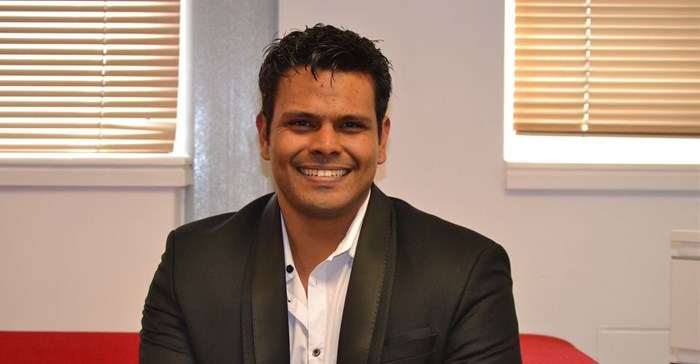
Namibia, started exploring wind power capability in 1998. At the time the ministry of mines and energy installed wind measurements stationed at Walvis Bay and Lüderitz – and in the same year, a feasibility study was launched to assess the viability of developing wind farms in these towns. While the Diaz Wind Farm will be the first in the country, Namibia offers some of the highest wind potential in Africa, considering it is located in the more extreme latitudes away from the negative impacts of atmospheric heating and the earth’s rotation.”
Both Lüderitz and Walvis Bay, an important deep water harbour town north of Lüderitz, experience wind speeds of about 7m/s. Measurements at 85.7m high, undertaken in Lüderitz, have predicted a yearly wind speed average reaching 10m/s, with a stable wind direction. Other areas around Namibia’s coastline that also offer good wind potential include, Henties Bay, Terrace Bay and Mowe Bay.
Developed by Diaz Wind Power, and a joint venture between the United Africa Group and Quantum Power, the wind farm will be located in Lüderitz, a harbour town in southwest Namibia that lies on what is known as one of the least hospitable coasts in Africa.
WSP served as the technical advisory for developing the wind farm, where the consulting company’s power team of experts were involved in preparing the minimum functional specifications and tender documents for the engineering, procurement, and construction (EPC) contractor, as well as the operations and maintenance (O&M) agreement at the start of the project. Thereafter, the team was responsible for reviewing and evaluating the EPC contract and O&M agreement proposals, to optimise on and finalise them with the nominated contractors for this project.
The company also compiled the due diligence review report, supported the review and development of the project agreement’s technical aspects and undertook a thorough review of the environmental impact assessment – where their transmission line and substation specifications review services played a vital role in ensuring the project achieved its goals. As well as negotiated the power-purchase agreement (PPA) and general services agreement documentation, while providing stability studies and services to financial close on the project.
WSP has since also performed a detailed grid study, which determined that the capacity on the connecting grid infrastructure is up to 90MW – this means the wind resource is so good in the location that there is excess capacity to upsize and increase the project capacity at the earliest opportunity.
Added to this, the tariff Diaz will be charging will deliver energy at lower rates than any of the existing generation plants in the country - aside from Ruacana - or power imports; which in turn will deliver excellent value for money for Namibian consumers.
Although there has been a marked increase in interest in wind generation across Africa, in truth, Africa hosts a few areas that lend themselves to this form of power generation.
“Namibia intends on growing this form of renewable energy generation capacity within the country. It is estimated that the country’s potential is 27,201MW and 36TW/h a year with a relative land use of 824,268km2. Diaz Wind Farm is certainly a bold step towards embracing wind generation technology. And, while the Namibia’s renewable energy policy is in its final stages, we expect to see a growing number of wind farm projects increasing in size at a utility level coming to ground – especially as the country pursues its ambitions of a 70% renewable energy scenario by 2030,” Dinesh Buldoo, director, transmission and distribution, WSP, Africa, says.